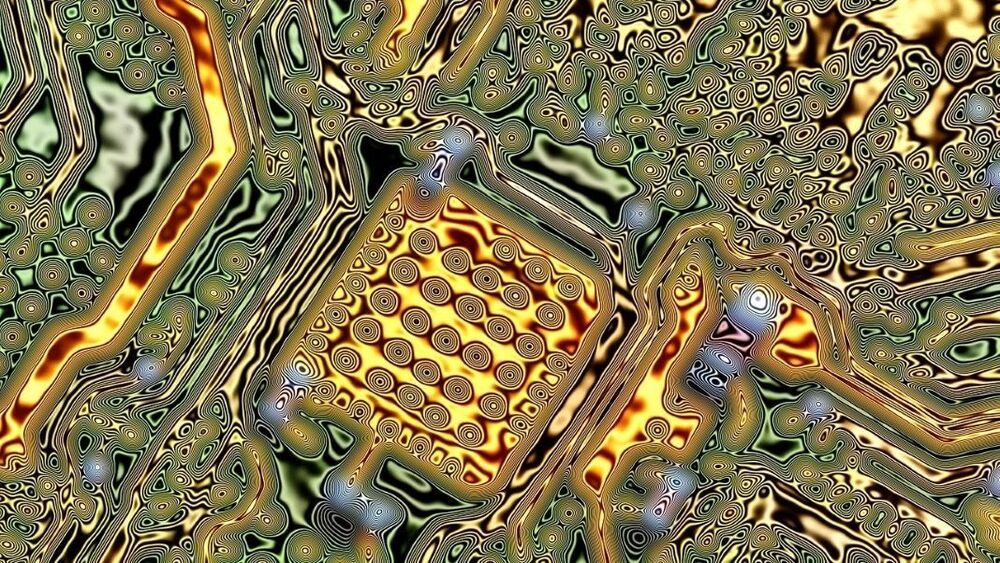Apr 26, 2021
Farming Robot Kills 100,000 Weeds per Hour With Lasers
Posted by Jason Blain in categories: chemistry, food, health, robotics/AI, space
A person can weed about one acre of crops a day. This smart robot can weed 20.
Carbon Robotics has unveiled the third-generation of its Autonomous Weeder, a smart farming robot that identifies weeds and then destroys them with high-power lasers.
The weedkiller challenge: Weeds compete with plants for space, sunlight, and soil nutrients. They can also make it easier for insect pests to harm crops, so weed control is a top concern for farmers.
Continue reading “Farming Robot Kills 100,000 Weeds per Hour With Lasers” »


















